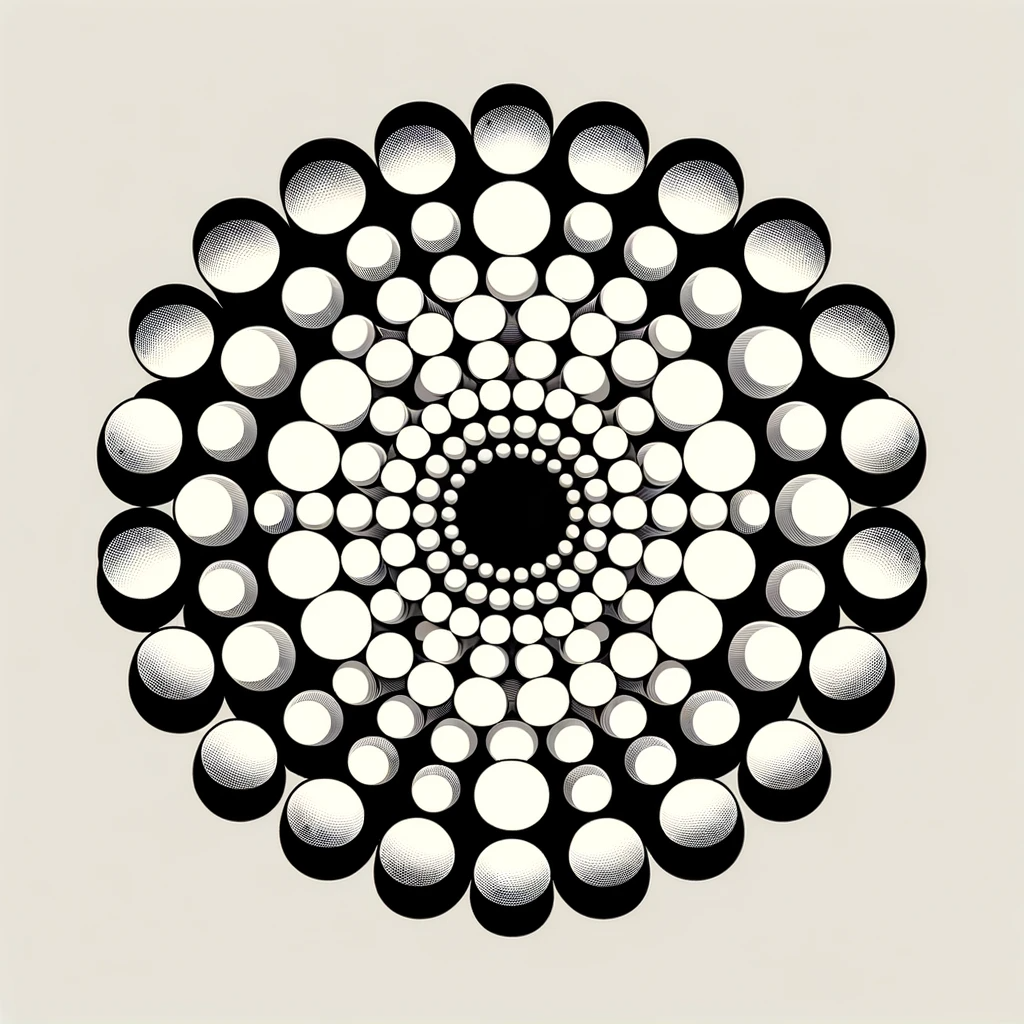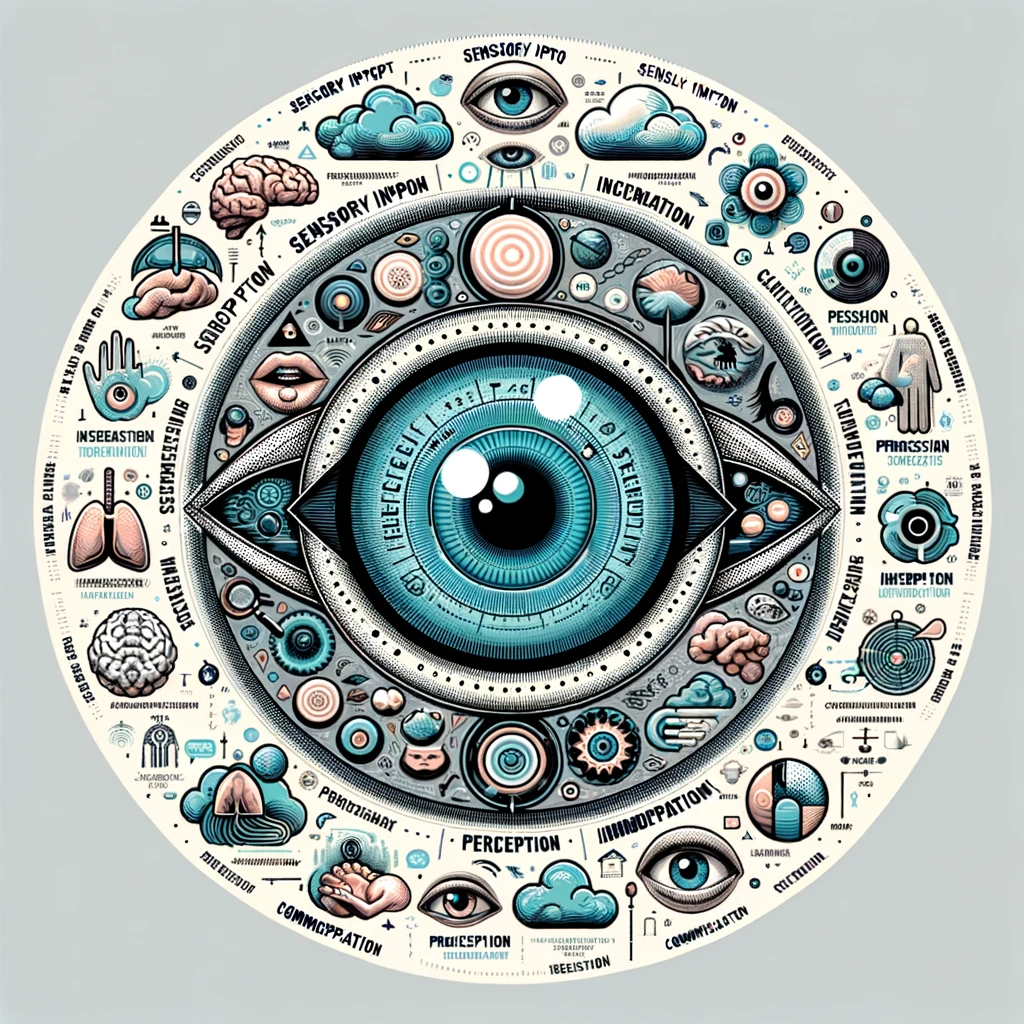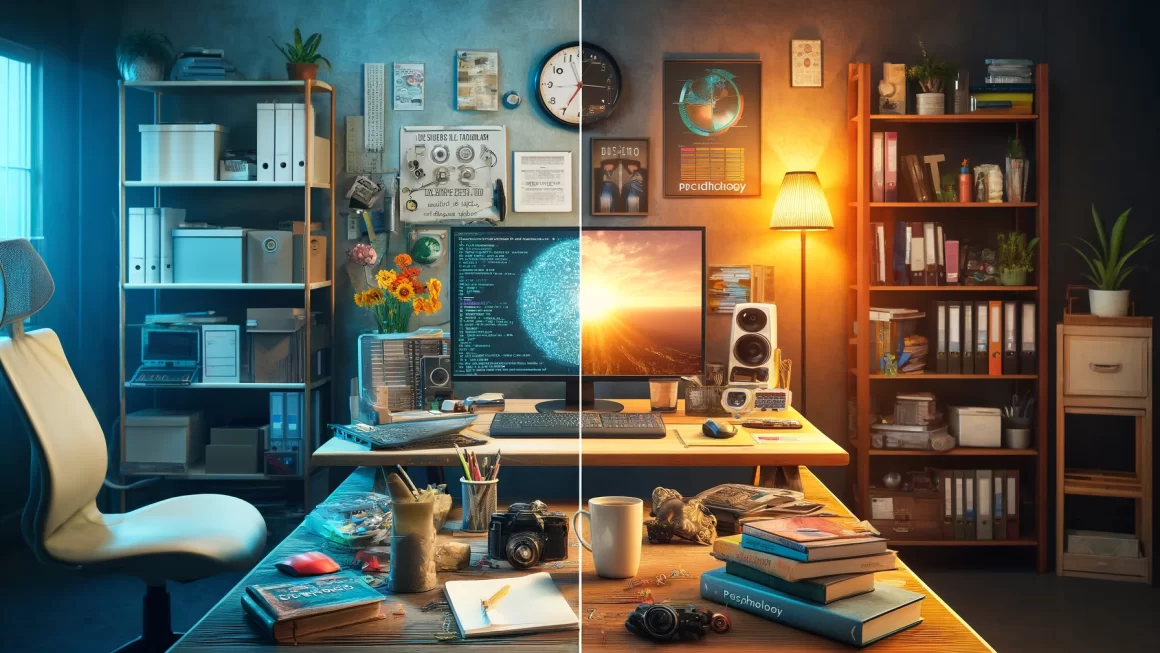Perception, the gateway through which we experience our world, is a pivotal aspect of human psychology. This intricate process involves interpreting sensory data to construct our reality. As a psychological researcher, I invite you on a journey to explore the depths of perception, its stages, and how it shapes our understanding of the world.
Understanding the Process of Perception
Perception is a complex, multi-layered process that transforms sensory input into meaningful experiences. Let’s break down its stages:
1. Sensory Stimulation
The journey of perception begins with sensory stimulation. Our sensory organs are bombarded with various stimuli, such as light, sound, and touch. For instance, light hitting the retina starts the process of visual perception.
2. Organization
Next, the brain organizes this raw sensory data. This involves grouping elements (Gestalt principles), recognizing patterns, and differentiating between objects and their backgrounds. This stage is crucial for making sense of the chaos of sensory information.
3. Identification and Recognition
This stage involves matching the organized sensory input with our memory and knowledge to identify and label it. When you see an apple, your brain recognizes it as an ‘apple’ based on past experiences and learned concepts.
4. Interpretation and Understanding
Finally, we interpret the identified stimuli. This stage is heavily influenced by individual factors like past experiences, cultural context, and emotional state. It’s where perception becomes a subjective experience.
The Subjectivity of Perception
Perception is inherently subjective. The same stimulus can be perceived differently by different individuals. This subjectivity is a result of various factors:
- Past experiences: Our previous experiences can influence how we perceive new stimuli.
- Cultural background: Cultural norms and practices shape our perceptual lens.
- Emotional state: Our current emotions can color our perception.
Case Study: The McGurk Effect
The McGurk effect illustrates how visual and auditory information can interact to affect perception. In this phenomenon, a sound (like ‘ba’) paired with a video of someone saying a different sound (like ‘ga’) can lead people to perceive a third sound (like ‘da’).
Perception in Everyday Life
Perception is not just a theoretical concept; it influences every aspect of our daily life:
- Design and Art: Understanding how people perceive colors and shapes is crucial in fields like graphic design and art.
- Marketing: Marketers use perceptual principles to influence consumer behavior.
- Mental Health: Perceptual abnormalities can be indicators of mental health issues, like in schizophrenia where patients may experience hallucinations.
The Role of Top-Down and Bottom-Up Processing
Perception involves both top-down and bottom-up processing. Bottom-up processing is driven by the sensory input itself, while top-down processing is influenced by our expectations and prior knowledge.
Example: Optical Illusions





Optical illusions are a classic example of the interplay between top-down and bottom-up processing. They trick our brain by creating a mismatch between what is there and what we perceive.
Perception is a dynamic and complex process, deeply personal and subjective. Understanding its stages—from sensory input to interpretation—enables us to appreciate the uniqueness of each individual’s experience of the world. As we continue to explore the mysteries of perception, we uncover more about the human mind, its capabilities, and its limitations. This knowledge not only enriches our understanding of human psychology but also has practical applications in areas like design, marketing, and mental health.




